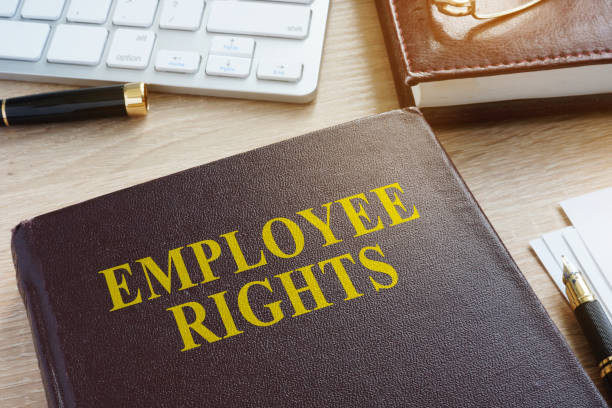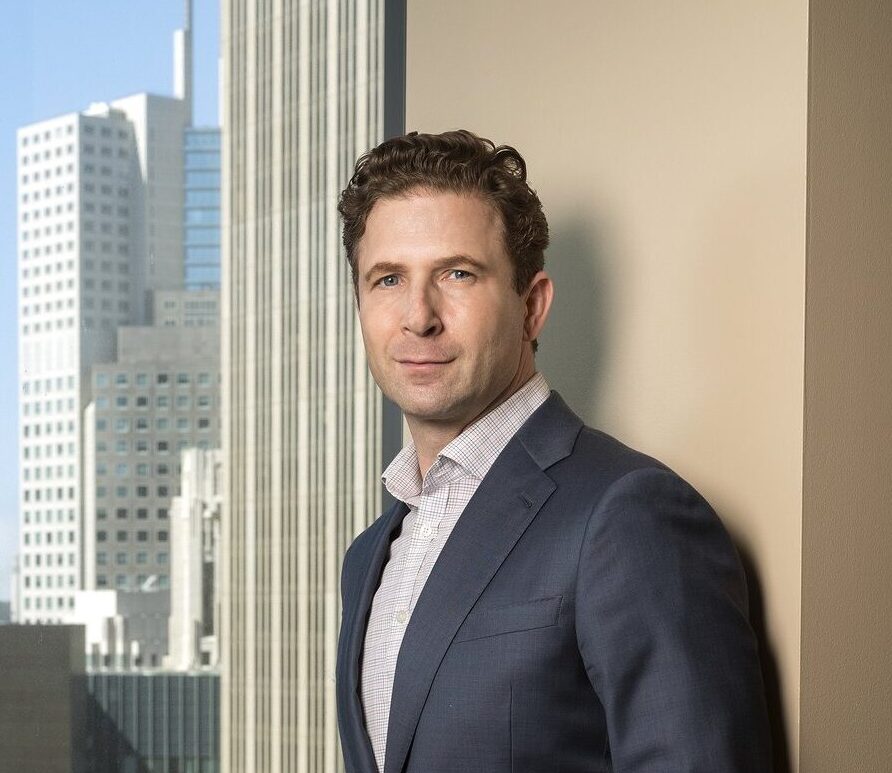You’ve probably heard of the opioid crisis that’s been affecting the country and its people for years now. Sadly, hundreds of thousands of people have died from drug overdose in the U.S. alone, and that number only continues to grow. So how can we slow down and eventually put a stop to this epidemic? Well luckily, there are already some measures in place to help combat this issue, but there’s certainly more we can do.
Granting Access
A big hurdle in the drug epidemic is the number of people in America who simply don’t have access to proper medical care and resources. Addiction is extremely difficult to overcome without any support or intervention, so making programs and general care readily available to a wider range of people is very important.
Many people in the U.S. have no health insurance, mainly due to low income. This means people near or below the poverty line often struggle far more with medical issues as they can’t afford proper care. Those without insurance who struggle with drug addiction usually cannot find any accessible recovery treatment and many cannot even receive care when suffering from an overdose, leading to many deaths.
One of the main resources many people turn to for addiction recovery is a rehabilitation center. These facilities can be extremely beneficial in monitoring patients and guiding them through the process of achieving sobriety. However, the downside of many rehab centers is the cost. Many programs are quite expensive and even if an individual has health insurance, not every policy is accepted by certain places. There are some moves toward accessibility being made, though. People with lower income can often qualify for government-supplied insurance like Medicaid or UMR, and there are many rehab facilities that accept these insurances. Luckily finding a UMR rehab center is becoming much easier, though not completely accessible yet.
Another factor that should be addressed is the lack of affordable mental health resources. Anyone who has seen a therapist, counselor, or psychologist probably knows that while these professionals can be extremely helpful in many different situations, their services can also be incredibly expensive. Therapy and counseling play a big part in substance abuse treatment, as addiction is psychological in nature as well as physical. Speaking to a professional and developing a strategy with them to battle addiction and remain sober after is crucial to recovery, so those without access to these resources often struggle.
The Power of Education
In practically any major issue that needs to be addressed, education is the most vital and powerful tool. Lack of proper education surrounding drug use has been proven to lead to an increase in addiction and overdose cases. Knowledge alone may not solve the problem, but it’s certainly a crucial step in doing so.
Education is a major part of harm reduction, which is the method of reducing casualties from overdoses without necessarily focusing on individual sobriety but rather on overall health. Harm reduction programs provide drug-addicted individuals with sterile supplies and medical treatment, as well as education about reducing or modifying drug use to avoid serious harm. These programs have already helped many people and saved many lives, and will only continue to do so.
Prevention is also a crucial part of battling the drug crisis, and since many people are exposed to drug use at a fairly young age, education has to start in schools. Teens especially are very susceptible to trying and becoming addicted to different drugs as well as other addictive substances like alcohol and nicotine. It’s important not to speak down to kids in middle and high school, but to speak with them honestly and discuss things like experimentation and peer pressure without any judgment.
It’s also necessary to bring education and prevention programs into low-income areas where drug use is likely to be higher. These areas also don’t have properly funded education in the first place, so providing this population with added resources, especially when they can improve health and save lives, is an absolute must. No one should suffer just because they weren’t given as many resources or opportunities as others.
Fighting The Stigma
A big reason this epidemic has persisted for so long is the stigma surrounding addiction and drug abuse. Many people who aren’t directly affected by the country’s drug crisis often view those who suffer from addiction negatively and with heavy judgment. This of course leads to a large population of people being unwilling to help or contribute in any way.
The negative stigma also discourages many people from seeking help with their addictions. Many are afraid that they’ll be judged or seen as a detriment to society even by those who should be helping like doctors or therapists. Those who struggle with drug use are often reluctant to disclose their situation out of shame which is largely brought about by widely-believed negative opinions and misconceptions.
Less compassion for those affected by the drug crisis can often mean fewer resources that are available to those individuals. If most people have a negative view of drug users rather than a sympathetic one, they’ll be less likely to support the funding and expansion of treatment and prevention programs that can greatly help the epidemic. It is correct, of course, that drug use is generally bad and people should think negatively of it in general, but we shouldn’t be putting blame on the people who are now suffering from their substance addictions. Instead, we should be supporting programs and providing resources to help these people so lives can be saved.
The drug epidemic in America has been a serious issue for a long time, and if we as a country don’t work together to tackle it soon, more and more people will die. We’ve made progress, but it isn’t nearly enough. Compassion, education, and unity are the keys to solving this crisis and making our population healthier and better off as a whole.
Related Posts




